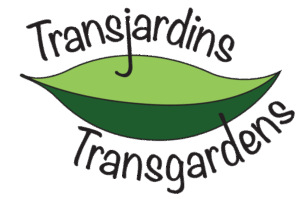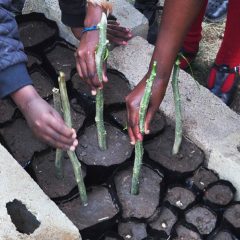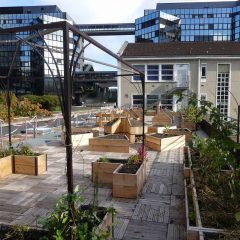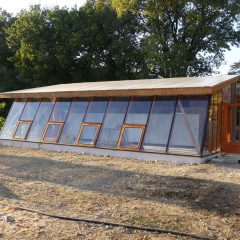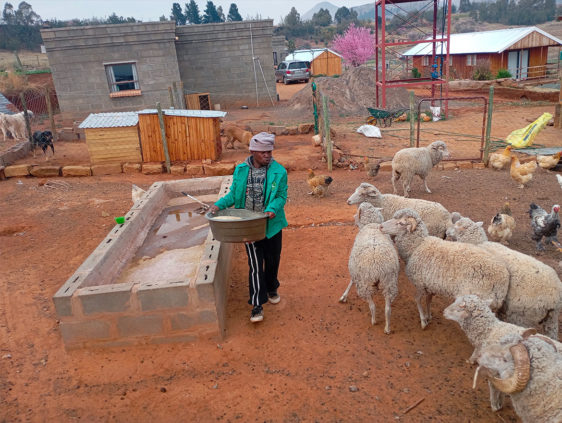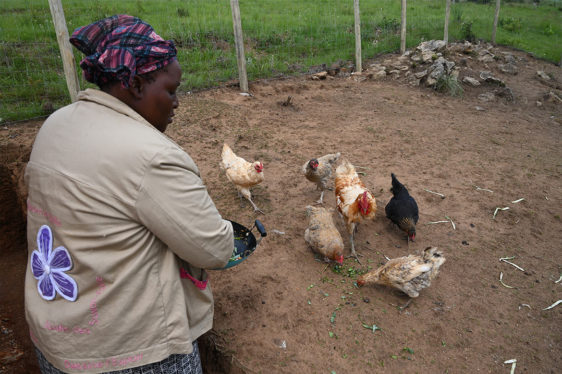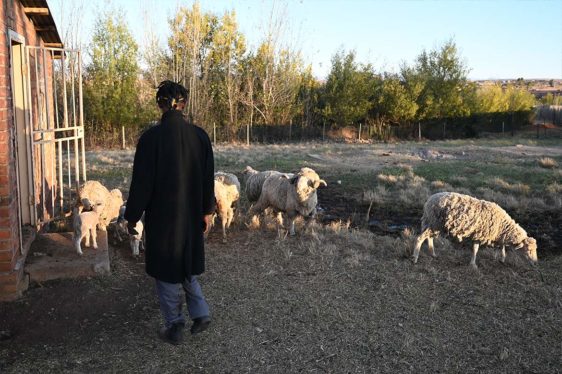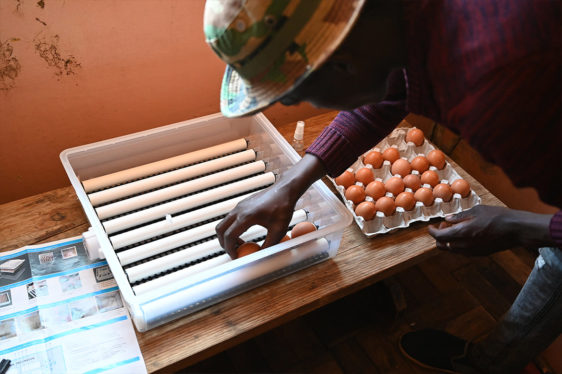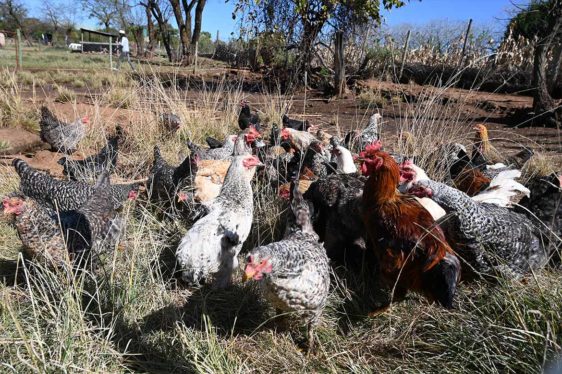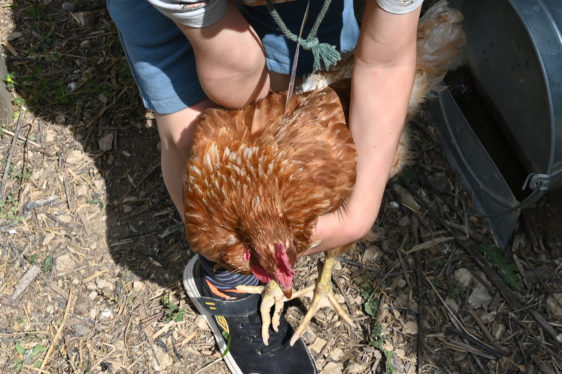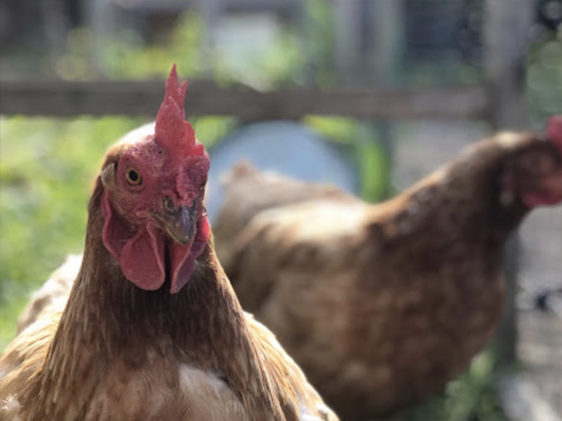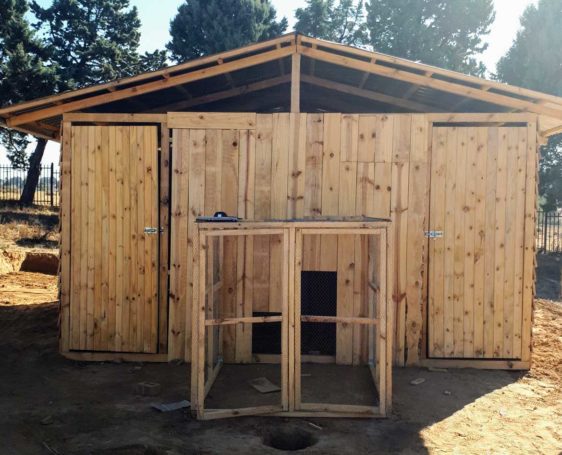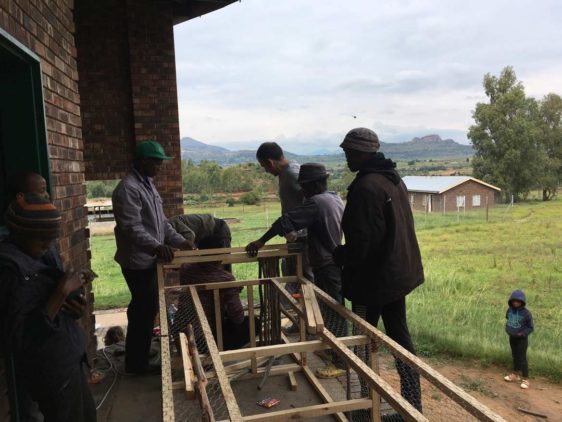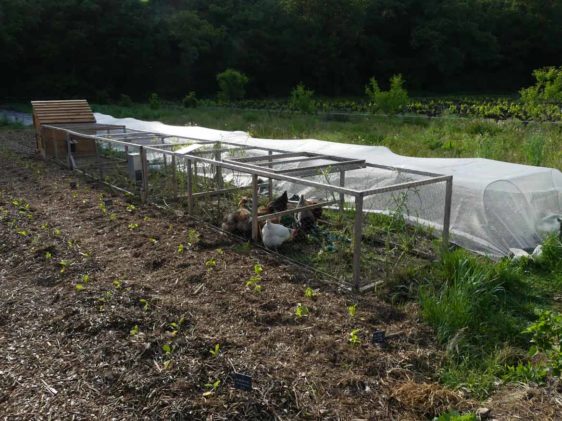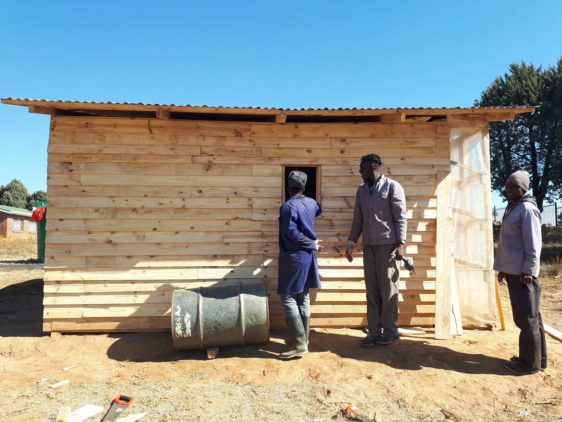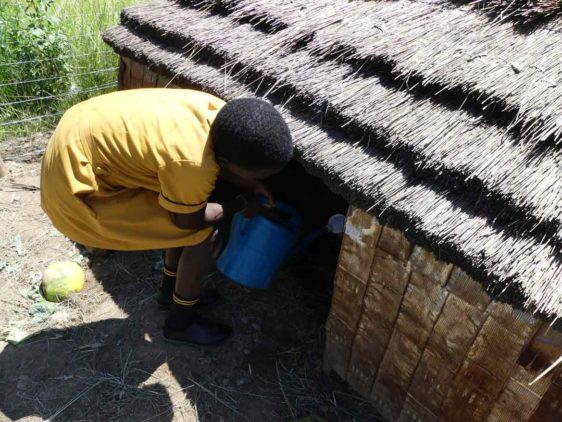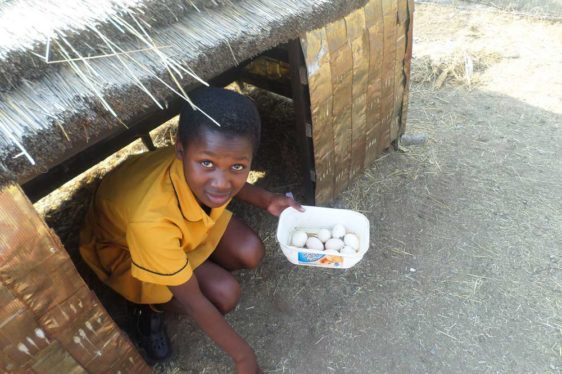Associating breeding and crop production is a technique commonly used in agroecology and agroforestry.
Trees can protect animals with their shading, provide forage, while animals such as chickens can eat worms from fallen fruits and avoid their spread, weeding the ground and provide compost for the garden.
Chicken coops & market garden
A chicken coop integrated into an agroecological market garden offers many advantages.
It allows for local production of eggs and sometimes meat, thereby contributing to the site’s food self-sufficiency.
Chicken manure, rich in nutrients, can be composted to naturally fertilise crops. Chickens also contribute to waste reduction by consuming vegetable scraps and peelings. They help with weeding and pest management by scratching the ground and feeding on slugs, worms and insects.
The chicken coop promotes a virtuous agricultural cycle, where resources are recycled locally. It is part of a logic of biodiversity and resilience of the agroecological system.
Grazing & agroecology
Raising sheep in an agroecological setting offers many advantages. It allows for local and diversified production of meat, milk and even wool, depending on the breeds raised, thereby strengthening the area’s food and economic self-sufficiency. Sheep contribute to the ecological maintenance of the land by naturally grazing on grass, thereby limiting weed growth and reducing the need for mechanical brush clearing. Their droppings enrich the soil with organic matter, contributing to the fertility of the plots, especially when incorporated into compost. They can be introduced on a rotational basis in off-season crop areas to clean up plant residues and fertilise the soil at the same time.
Sheep also enhance uncultivated or difficult-to-access areas, such as embankments and slopes. By promoting sustainable grazing management, they stimulate biodiversity in grasslands by encouraging plant diversity. When integrated into an agroecological system, they help to diversify production, strengthening the overall resilience of the farm.
